Paleontology
-
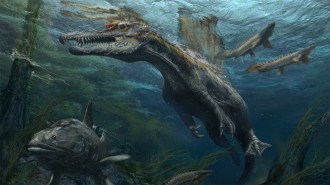 Paleontology
PaleontologyCould Spinosaurus swim? The fierce dinosaur ignites debate
Researchers are still divided about whether Spinosaurus was a swimmer or a wader. What’s clear is that confirming the first swimming dinosaur would be a game-changer.
-
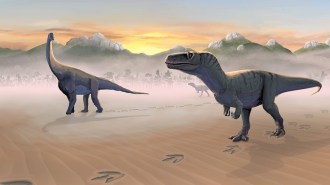 Paleontology
PaleontologyScotland’s Isle of Skye was once a dinosaur promenade
New dinosaur fossil tracks on the Isle of Skye reveal that the once-balmy environment was home to both fierce theropods and massive sauropods.
-
 Life
LifeDark coats may have helped the earliest mammals hide from hungry dinosaurs
During the age of dinosaurs, early mammals probably lacked the stripes and spots of their modern relatives, having uniformly dark, drab coats.
By Jake Buehler -
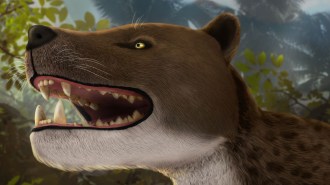 Life
LifeA skull found in Egypt shows this top predator stalked ancient Africa
Archaeologists uncovered a fossilized skull of an ancient sharp-toothed predator that likely hunted early elephants and primates.
-
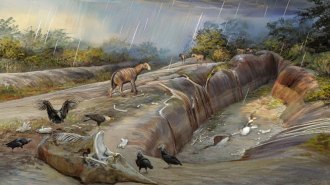 Paleontology
PaleontologyGiant camel-like creatures lived thousands of years longer than once thought
Fossilized teeth from two ancient megafauna suggest they roamed Brazil 3,500 years ago. The find “opens the door to rewrite South American history.”
-
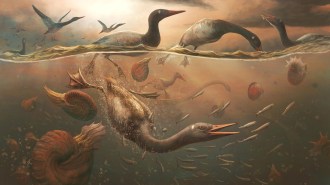 Paleontology
PaleontologyEarth’s first waterfowl may have lived in Antarctica 69 million years ago
A few fossilized body parts hinted at an enigmatic bird's close ties to waterfowl like ducks and geese. A newfound skull may bolster that idea.
-
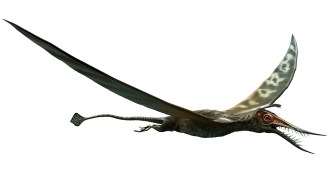 Paleontology
PaleontologyA mysteriously large pterosaur finally has an identity
A Jurassic pterosaur fossil, known to paleontologists for over 160 years, isn’t a new species. It is an odd specimen of Rhamphorhynchus muensteri.
By Jake Buehler -
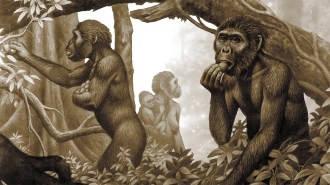 Life
LifeEarly human ancestors didn’t regularly eat meat
Chemicals in the tooth enamel of Australopithecus suggest the early human ancestors ate very little meat, dining on vegetation instead.
By Jake Buehler -
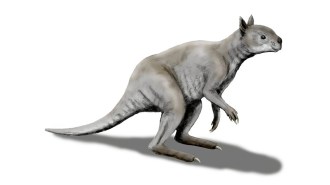 Paleontology
PaleontologyHumans, not climate change, may have wiped out Australia’s giant kangaroos
About 40,000 years ago, giant kangaroos vanished Down Under. Dental analyses suggest a varied diet, meaning climate change was not the main cause.
-
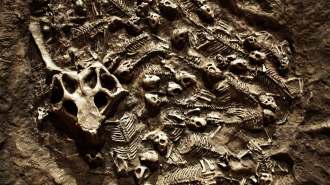 Paleontology
PaleontologyChina’s famously rich dinosaur fossil beds get a new origins story
Cave-ins and floods may have buried the Cretaceous creatures of the fossil Jehol Biota rather than volcanic eruptions, a new study claims.
-
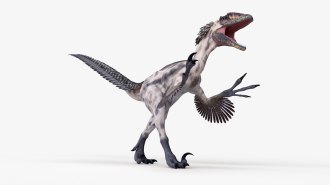 Paleontology
Paleontology‘Uncovering Dinosaur Behavior’ unearths paleontology’s biases
Paleontologist David Hone’s latest book fleshes out our understanding of dinosaur behavior.
-
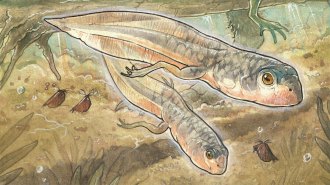 Life
LifeThe oldest known fossil tadpole was a big baby
Fossils of the ancient frog Notobatrachus degiustoi push the known tadpole timeline back more than 30 million years.
By Jake Buehler